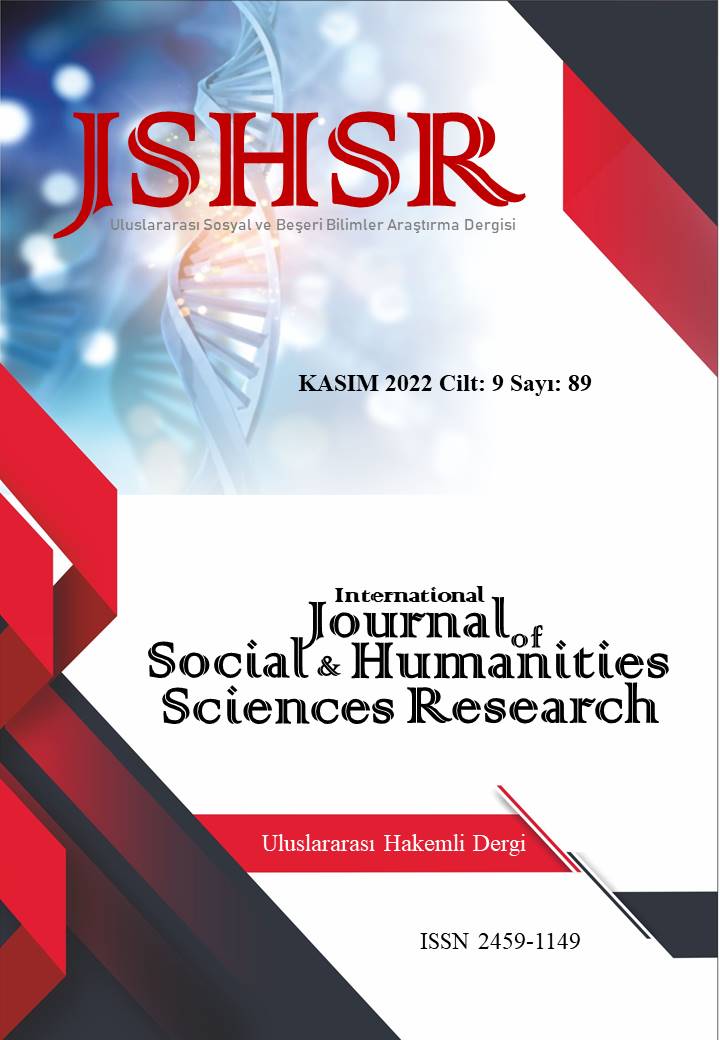THE VILLAGE IN THE WORKS TITLED “CHARCOAL SKETCHES” AND “THE WILD”
DOI:
https://doi.org/10.26450/jshsr.3344Keywords:
Karaosmanoğlu, Sienkiewicz, Village, Positivism, Poland, WildAbstract
Henryk Sienkiewicz is a writer who did not see the freedom of his homeland during his lifetime. The call of his ancestors, who produced works during the Romanticism period, which advised a total uprising against the occupying forces and an armed struggle with them, could not save the contry from the deadlock it was in. During the Romantic period, there were two major uprisings, but these riots ended in defeat. After the second of these uprisings (January 1863), the Romanticism period ended and the Positivism period began. Writers who produced works in this period took on a different discourse from the advice of the previous generation. According to them, the only way to liberate the homeland is to educate and raise awareness of society. Therefore, they aimed to educate people by including the deficient or negative aspects of society in their stories. Sienkiewicz, in “Charcoal Sketches”, tells the story about the villagers who have been neglected for years and left to ignorance and become insensitive to national issues. Yakup Kadri Karaosmanoğlu referred to a similar insensitivity to the liberation struggle in his work named Wild. In this study, the similarities between the two works will be mentioned.
Downloads
Published
How to Cite
Issue
Section
License
Copyright (c) 2022 INTERNATIONAL JOURNAL OF SOCIAL HUMANITIES SCIENCES RESEARCH

This work is licensed under a Creative Commons Attribution 4.0 International License.


